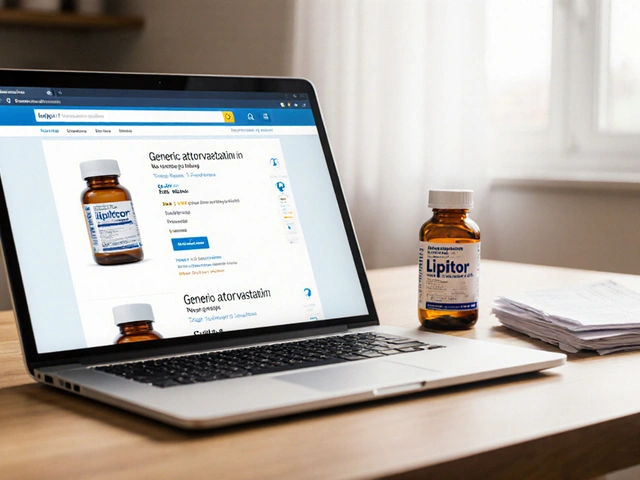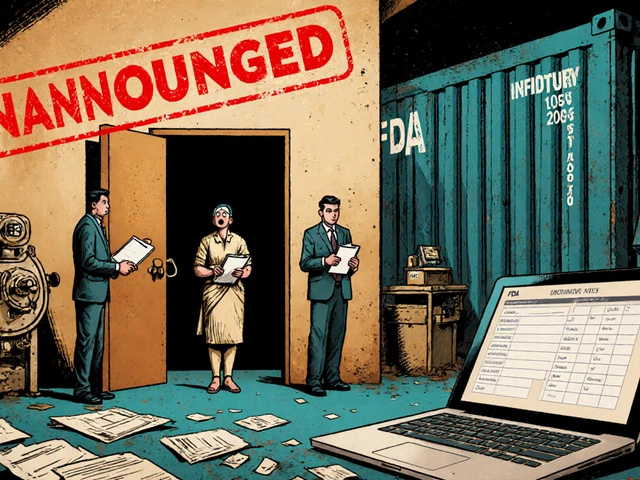Medication Management: Smart, Safe Steps for Everyday Use
Stressed about taking the right drugs, ordering meds online, or switching to something safer? You’re not alone. Medication management doesn’t have to be messy. Small changes in how you store, track, and pick medications cut risks and make treatment work better.
Simple routines that actually help
Start with a single sheet: list each medicine, dose, time, and why you take it. Put it on the fridge or save a photo on your phone. When everything’s written down, you’ll stop guessing and avoid accidental double-doses or missed pills.
Use a pill tray or alarms. If you take several meds, a weekly organizer with morning/evening compartments makes life easier. Set phone reminders for refill windows so you never run out mid-treatment. If a med needs food or must be avoided with alcohol, add that note next to the dose.
Keep a medication wallet card for doctors and ER visits. It should list prescriptions, supplements, allergies, and your emergency contact. This one page can prevent dangerous interactions when you’re seeing new clinicians or traveling.
Picking meds, buying safely, and choosing alternatives
Want to buy online? Stick to licensed pharmacies and check for clear contact details and a valid pharmacy license. Read one or two reviews, but watch for fake praise. When in doubt, call the pharmacy and ask about prescription requirements and shipping policies.
Thinking about alternatives — like swapping one inhaler for another or finding a cheaper anti-inflammatory? Compare how each option works, side effects, and dosing. For example, switching from one NSAID to another may lower stomach upset for some people but raises other risks. Talk to your prescriber before swapping anything.
Use discount programs carefully. Coupons and savings cards can cut costs, but always verify the medicine’s brand, dose, and expiration date when it arrives. If a price seems too low, ask why. Counterfeit or wrong products are rare but possible with shady sellers.
Track side effects. Keep a short daily note: what you felt, when, and any changes. This helps your doctor tweak therapy faster. If something feels seriously wrong — sudden shortness of breath, severe chest pain, or high fever — seek emergency care immediately.
Be honest with your provider. Tell them about over-the-counter drugs, vitamins, and herbal remedies. Many interactions are predictable and avoidable when your clinician has the full picture.
Finally, plan reviews. Schedule a medication review every 6–12 months or after any hospital stay. That check lets you drop unnecessary drugs, reduce doses, or switch to safer options based on the latest info. Good management is about small, steady steps that keep you safe and feeling better.
In today's blog, we're diving deep into the wild world of Paroxetine's side effects, or as I like to call it, the "Party-oxetine". It's not all fun and games though, some folks may experience nausea, drowsiness, and sometimes even weight changes - hey, who needs a gym membership, right? But don't fret, we've also got some top-notch strategies to keep these side effects in check. It's all about managing with lifestyle tweaks, like frequent exercise and healthy eating, or sometimes just a good old chat with your doctor. So, folks, buckle up and let's navigate the roller-coaster ride that Paroxetine can sometimes be!
Continue Reading

After delving into the topic, I've learned that lenalidomide is increasingly being utilized in the management of graft-versus-host disease (GVHD). This is a common complication following a bone marrow or stem cell transplant, where the donor cells start to attack the patient's body. Lenalidomide has shown promising results in mitigating this reaction, helping to improve patient outcomes. There's definitely more research needed here, but the initial results are encouraging. So, in the future, we may see lenalidomide becoming a standard part of GVHD treatment.
Continue Reading





